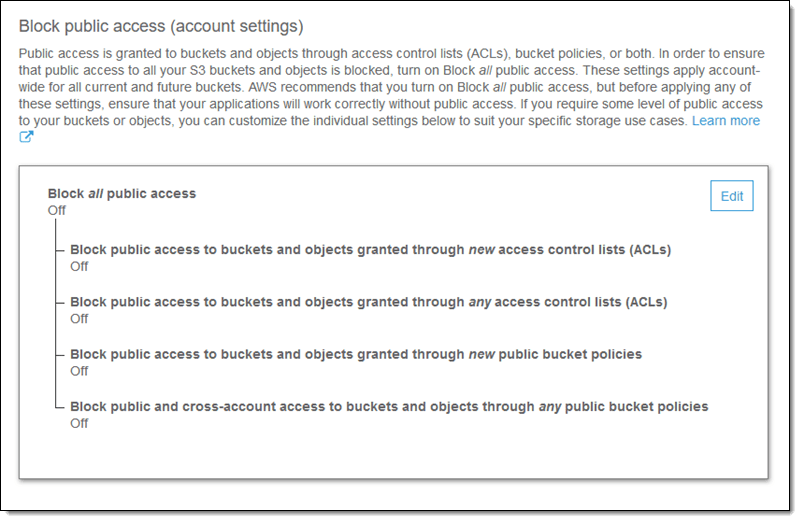In the fast-paced world of digital advertising, understanding the effectiveness of ad campaigns is crucial for businesses looking to optimize their marketing efforts and maximize ROI. Ad attribution models play a vital role in this process by attributing conversions or desired actions to specific ads or marketing touchpoints.
Traditionally, attribution models have been based on simplistic rules or heuristics, often failing to capture the complexities of modern consumer behavior. However, with the advent of artificial intelligence (AI), attribution modeling has undergone a significant evolution, offering developers powerful tools to create more accurate and insightful models.
In this blog post, we’ll explore the evolution of ad attribution models with AI and provide valuable insights for developers looking to leverage these advancements.
Evolution of Ad Attribution Models
1. Traditional Attribution Models
In the early days of digital advertising, attribution models were often based on simplistic rules such as last-click attribution, which attributes conversions solely to the last interaction before a conversion.
While last-click attribution is straightforward, it fails to account for the multiple touchpoints along the customer journey that may have influenced the conversion.
Other traditional models like first-click attribution, linear attribution, and time-decay attribution attempted to address some of these shortcomings but still lacked sophistication in capturing the true impact of each touchpoint.
2. Challenges with Traditional Models
Traditional attribution models suffer from several limitations, including oversimplification of consumer behavior, inability to account for cross-device interactions, and challenges in accurately attributing conversions in multi-channel marketing campaigns.
As consumer behavior becomes more complex and fragmented across various online and offline channels, traditional models struggle to provide meaningful insights into the effectiveness of ad campaigns.
3. The Rise of AI in Attribution Modeling
Artificial intelligence has revolutionized ad attribution by enabling more sophisticated and data-driven approaches to modeling consumer behavior.
Machine learning algorithms can analyze vast amounts of data from multiple touchpoints and identify patterns and correlations that traditional models may overlook.
AI-powered attribution models can dynamically adapt to changing consumer behavior and provide real-time insights into the performance of ad campaigns.
4. Types of AI Attribution Models
Data-Driven Attribution: These models use machine learning algorithms to analyze historical data and determine the relative contribution of each touchpoint to conversions. Examples include logistic regression, Markov chains, and algorithmic attribution.
Algorithmic Attribution: These models employ advanced machine learning techniques such as neural networks and deep learning to automatically learn the optimal attribution model from the data.
Probabilistic Attribution: These models estimate the probability of each touchpoint leading to a conversion based on historical data and assign credit accordingly.
Insights for Developers
Data Quality and Quantity: Developers need to ensure the quality and quantity of data used for training AI attribution models. Clean, comprehensive datasets are essential for building accurate models that capture the nuances of consumer behavior.
Model Interpretability: While complex AI models may offer superior performance, they can be challenging to interpret and explain. Developers should strive to balance model complexity with interpretability, ensuring that stakeholders can understand and trust the attribution results.
Cross-Channel Attribution: AI attribution models should be capable of attributing conversions across multiple channels and devices, taking into account the interconnected nature of modern marketing campaigns.
Real-Time Insights: AI-powered attribution models enable real-time analysis of ad performance, allowing marketers to make timely adjustments to their campaigns for maximum effectiveness. Developers should prioritize scalability and efficiency to support real-time attribution.
Privacy and Ethics: Developers must be mindful of privacy concerns and ethical considerations when implementing AI attribution models. Ensuring compliance with regulations such as GDPR and respecting user consent are paramount.
Conclusion
The evolution of ad attribution models with AI represents a significant advancement in the field of digital advertising. By leveraging the power of machine learning and data analytics, developers can create more accurate, dynamic, and insightful attribution models that better reflect the complexities of modern consumer behavior. However, achieving success with AI attribution models requires careful attention to data quality, model interpretability, cross-channel attribution, real-time insights, and ethical considerations. By using these insights, developers can utilize the full potential of AI in optimizing ad campaigns and driving business growth in the digital age.




